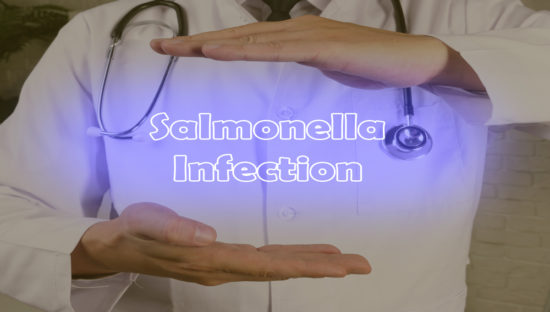Salmonella has been confirmed at two nursing homes in Sweden with 45 people sick.
Infection traceback work is ongoing to find the source. Management of the incident includes officials in Katrineholm and the health and medical services in Region Sörmland.
Two nursing homes are involved and staff have been tested, with results not yet confirmed.
Four people have died during the outbreak but three deaths were from other causes. One person who died had a confirmed Salmonella infection but it is not certain that this was the cause of death.
Malin Enarsson, infectious disease control physician in Sörmland, said several people reported stomach-related illness.
“We are aware of an outbreak of diarrheal disease in nursing homes in Katrineholm. We are awaiting further test results to confirm the source of infection. The infectious disease control department is cooperating with the municipality’s food inspector and those responsible at the nursing homes to investigate the cause,” Enarsson said.
Sampling results are pending on the type of Salmonella involved. This will show if the outbreak is related to a national Swedish Salmonella outbreak linked to eggs.
National Salmonella and Campylobacter updates
In the national incident, 17 people from seven regions have fallen ill with a variant of Salmonella Enteritidis. This is up from seven people in four regions.
Genetic comparisons of isolates from patients with isolates from the laying hen farm where Salmonella was found in August have shown it is the same type of Salmonella.
Interviews with patients have also strengthened the connection to eggs that were recalled at the end of August. Axfood, ICA, Lidl, and Kronägg issued recalls in Sweden. Affected eggs are stamped with code 2SE684-35 and SE007 on the package. Certain packs have best before dates up to Sept. 11, 2025.
Finally, the number of people infected by Campylobacter has decreased in recent weeks.
From two weeks covering mid-to-late August, 117 and 101 cases were reported. In the previous four weeks, there were between 169 and 203 cases per week.
A decrease toward the end of summer is expected. The prevalence of Campylobacter in broiler flocks has also declined during the same period.
(To sign up for a free subscription to Food Safety News, click here.)



